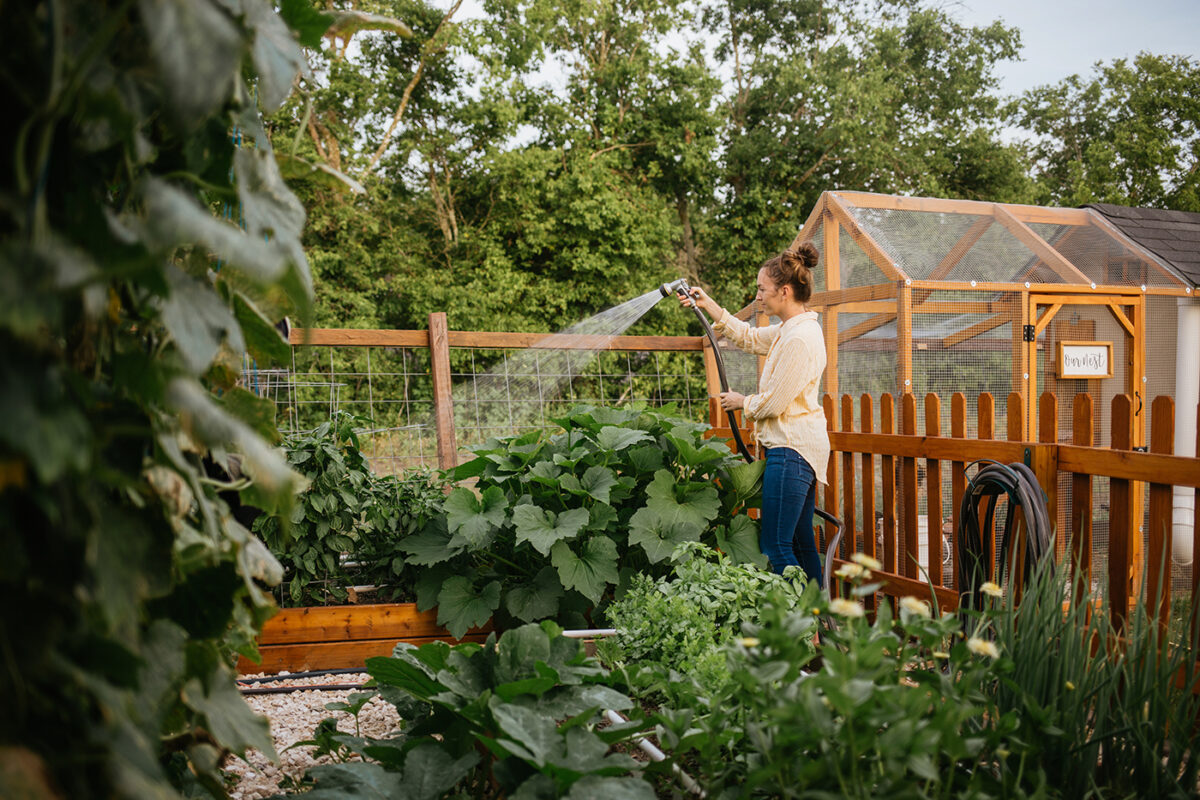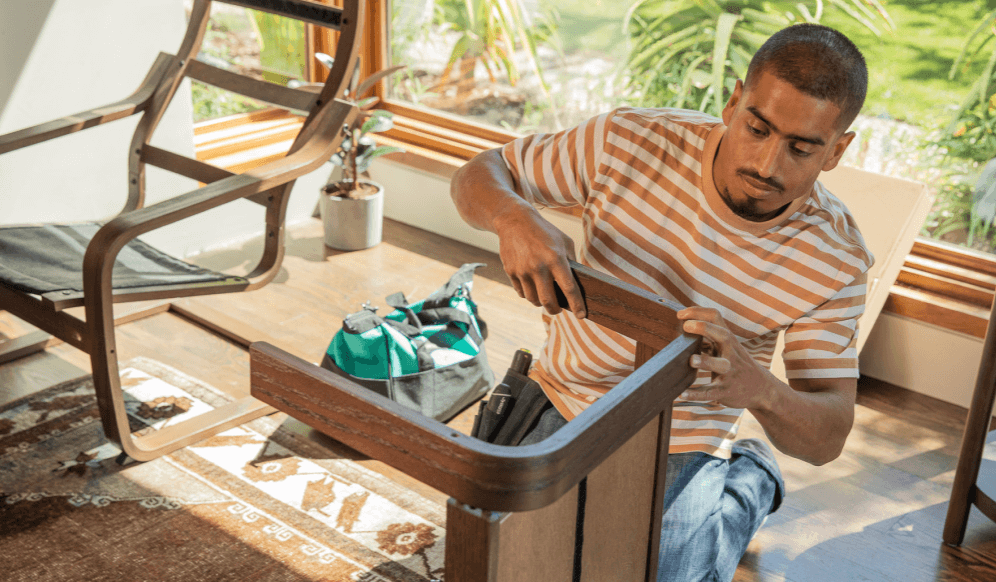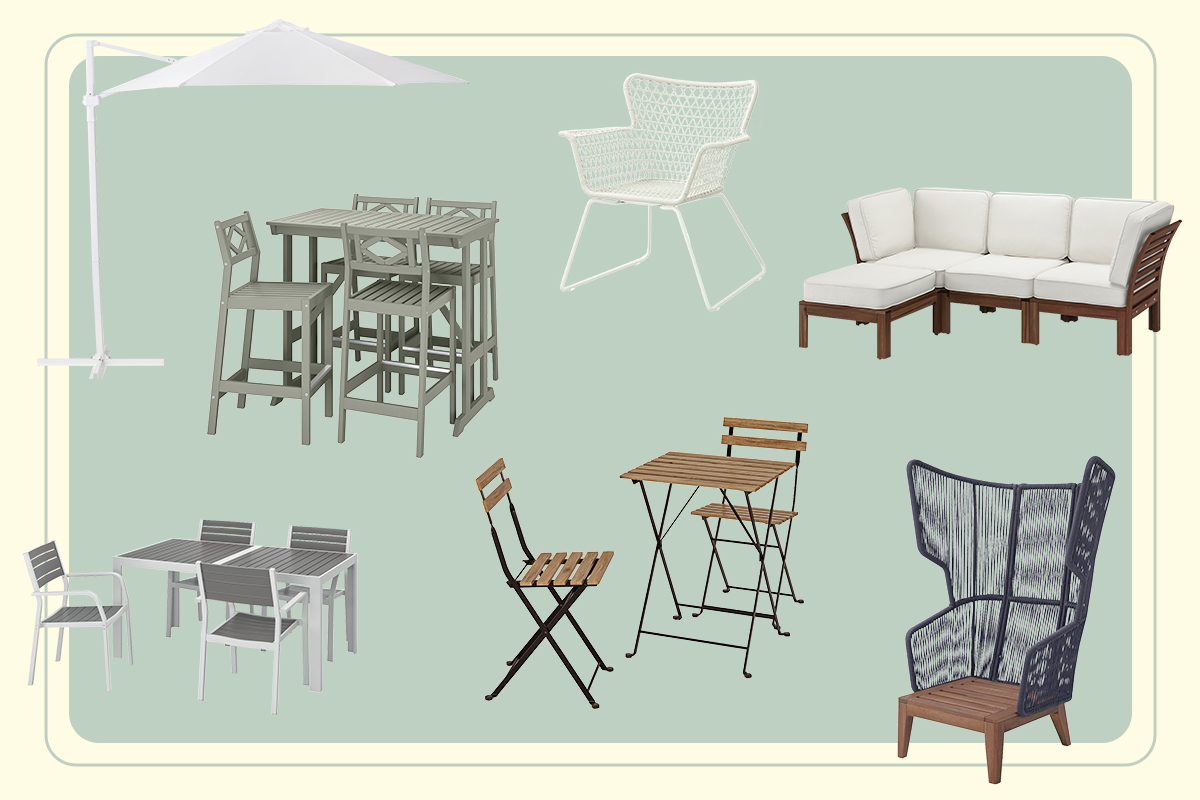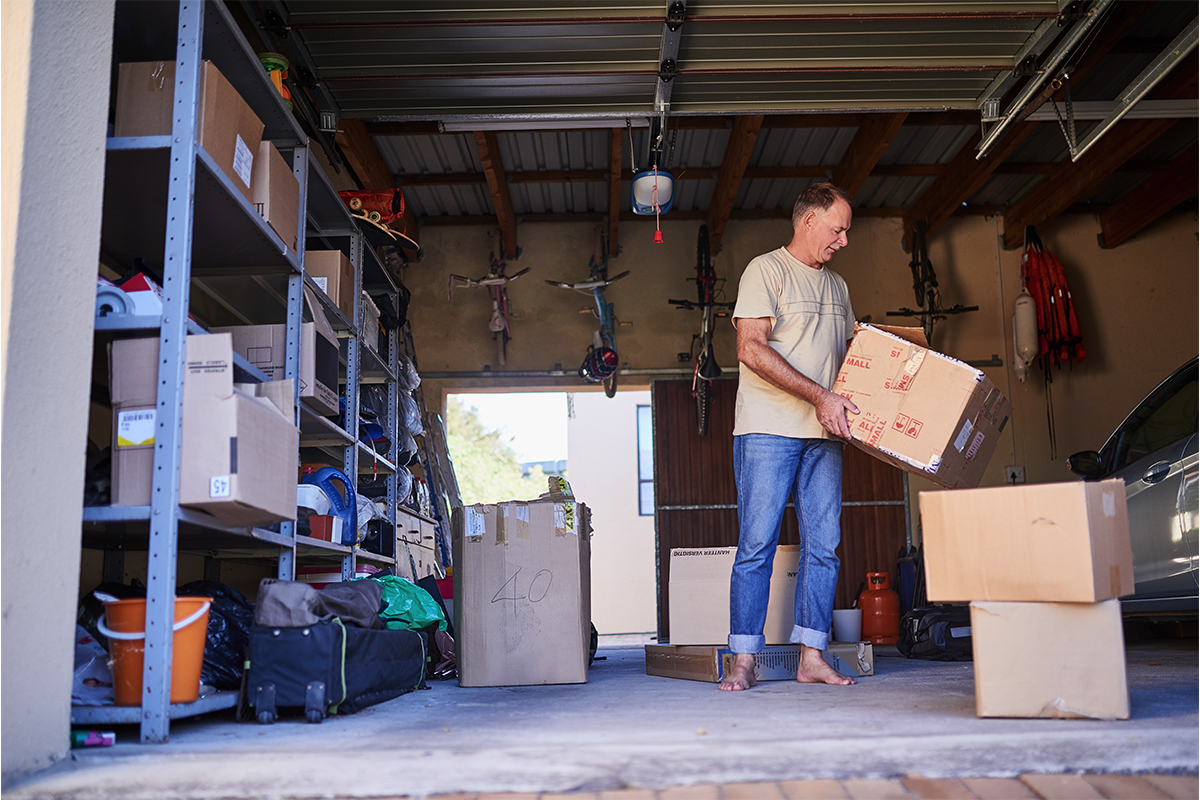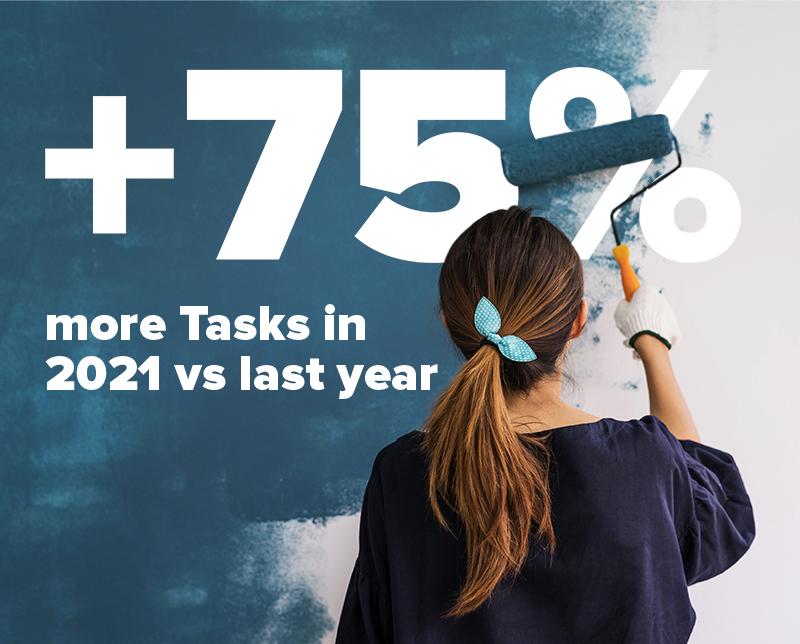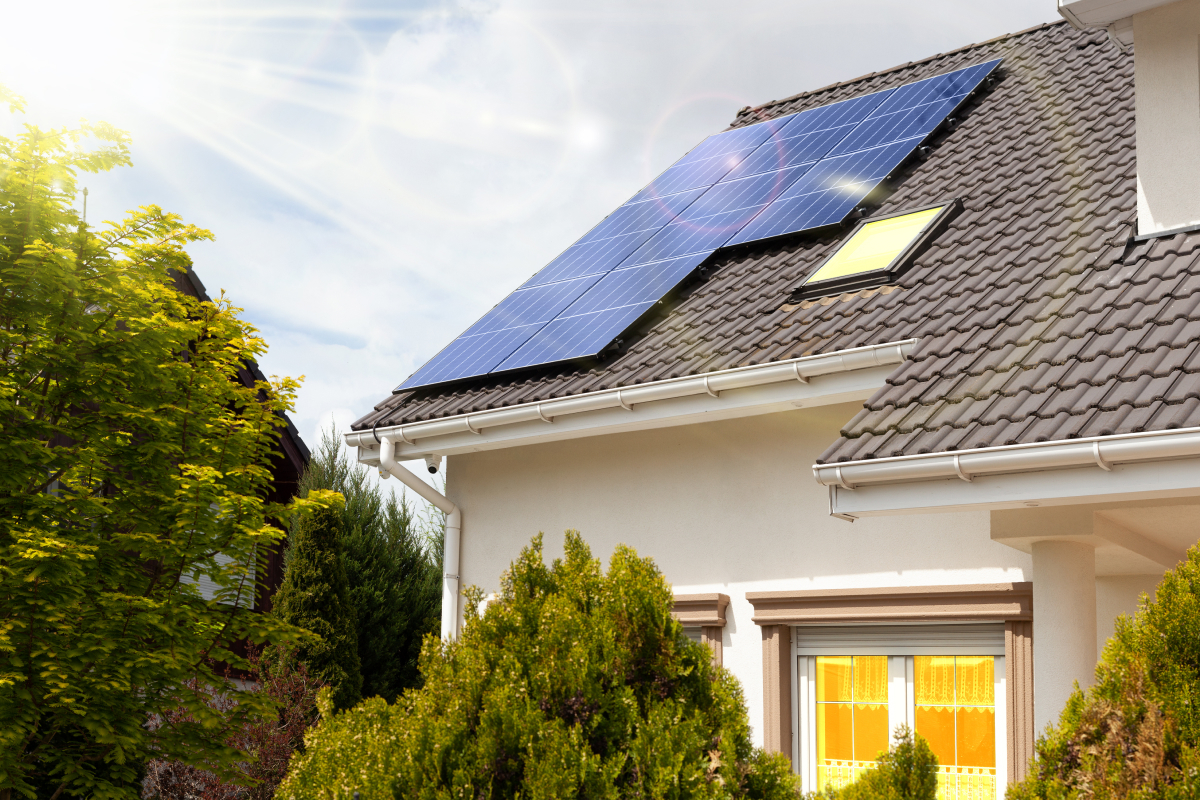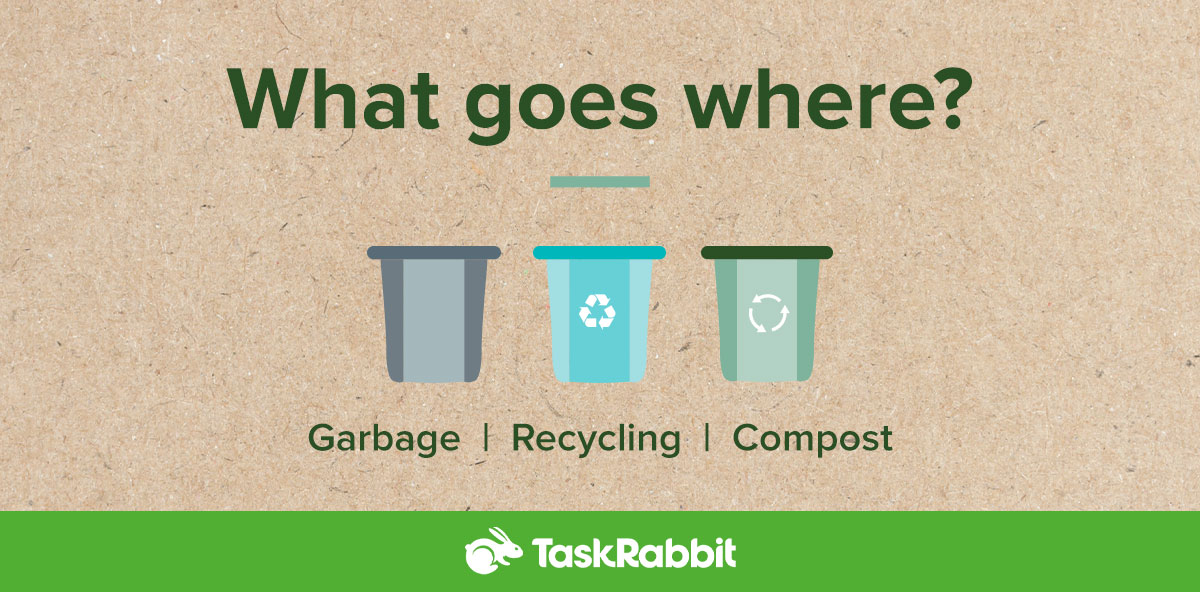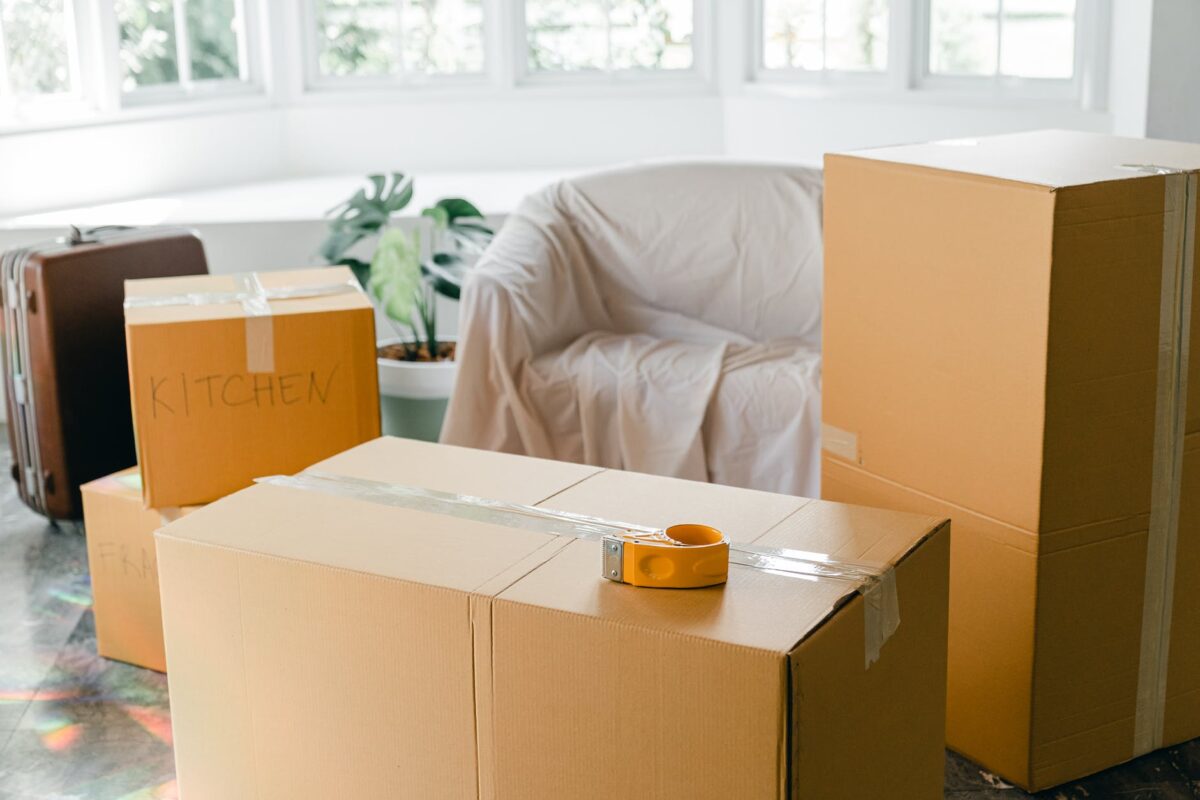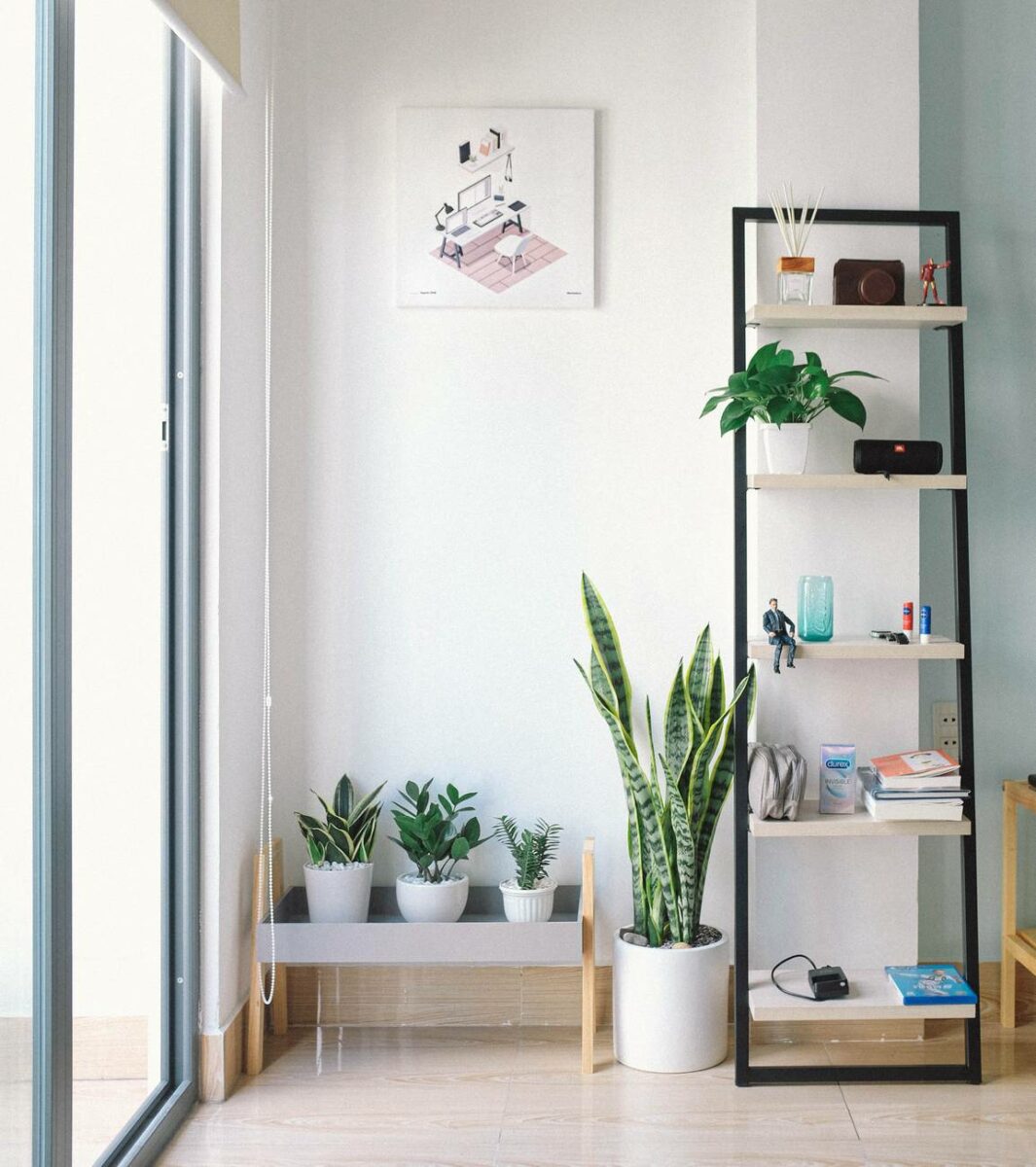Watering your home garden is key to a successful harvest. While rain during the growing season helps, dry spells do happen, meaning you’ll need to pick up the slack. If plants don’t get enough water, it can have major impacts on your veggies, including producing small fruit, not producing any fruit at all, stopping growth, and even dying.
Watering your garden isn’t as straightforward as it seems. Different vegetables have different watering needs, and there are many factors that play a role in how often you should water. These include where your plants are located and what stage of growth the plants are in. For instance, raised-bed gardens or container gardens require more frequent watering than in-bed gardens. Keep reading for more on this below, and for tips on how to water your garden for a bountiful harvest.
When to Water Your Garden
The best time to water a vegetable garden is in the morning. If you can’t get to it in the morning, watering your garden in the evening is fine as well. Avoid watering your garden during the heat of the day, as evaporation will play a role in how much water reaches the plant’s root system. Alternatively, you may need to water even if it rains, especially if the rainfall only amounts to a half-inch or so.
To know when to water the garden, use your finger to check the soil moisture. The top inch of soil surface may be dry, but if the soil is dry two inches below the surface, it’s time to water. Gardens kept in the fall and winter also require watering, too. While your garden will require less water due to the cooler weather, you’ll still need to keep an eye on the soil.
An obvious sign that your plants need watering are any plants that show signs of wilt or are droopy. However, plants that wilt during the heat of the day don’t necessarily need water. These plants could just be adapting to the environment. Check the plants again in the evening to see if they’ve regained any turgidity. If the plants look perky, there’s no need to water.
How Much Water Do Vegetable Plants Need?
After knowing when to water your garden, you might be wondering: How much water do plants need? What’s happening underground is more important than what’s happening above ground, as the vegetable root system is what matters most. Other factors to consider include a garden that gets more than six hours of sunlight each day and is easily accessible by hose. For in-ground garden beds, the general rule is that gardens require one inch of water per week. Aim to water your garden deeply about three times per week. Watering once per week won’t do the job, and watering a little each day won’t create deep roots.
By using a rain gauge, determine if the garden received one inch of rain over the past week. Note that for a 100 square foot area, one inch of rain amounts to 62 gallons of water. That’s a lot! Figure out the size of your garden by measuring its length and width, then multiply those numbers together to get the square footage. For example, a 400 square foot garden will require 248 gallons of water each week.
Another method to determine how many inches of rain have covered your garden is to place four containers around the garden during a rainfall (a tuna can is perfect). Mark one inch from the bottom of the can. After the rain, check the cans to find out how much water applied to the garden.
However, it’s best to not wait for rain to water your garden. If your plants need water today, waiting for forecasted rain the day after tomorrow won’t help. Also, if in the past week it has rained twice but only provided five-eighths of an inch, you will still need to supply the other three-eighths inches of water. Three-eighths of 248 gallons is 93 gallons of water.
There are some exceptions to this rule. The first is the type of soil your garden is planted in. Sandy soil drains well, so you may need to water twice a week. Other soils, such as clay soils, hold water well, so watering once a week is fine. Soil covered by mulch retains water the best, so you may need to water even less.
Another factor to consider is your climate. In hot weather, vegetables need even more water than one inch a week—up to a half-inch extra for every 10 degrees the average temperature gets to above 60 degrees. To calculate average temperature, take the high for the day and the low for the nighttime, add them together, and then divide by two. So if the high is 90 and the low is 65, the average temperature is 78 degrees to the nearest whole number. In this case, the garden needs about another inch of water.
How to Measure Water
But how much is an inch of water, anyway? To determine the amount, simply add a water meter to your hose, or use a clock-and-bucket method. To use the clock-and-bucket method, grab a known volume bucket (like a five-gallon bucket) with a marked level. Then set your hose to the same flow rate you would use for watering plants, and time how long it takes to fill the bucket to the mark. Note that the setting should be at a lower volume so you don’t wash away any soil from plant roots. Repeat this test to confirm your results. Whatever you come up with, multiply that by how long it would take to apply one-inch of water to your garden. For a five-gallon bucket, you’d multiply it by 12 to determine the time it would take to apply one inch of water to a 100 square-foot garden.
How to Water a Vegetable Garden
Now that you know the mechanics, read on to find out how to water your vegetable garden.
- Since plants draw water from their roots and water is how plants get their nutrients, watering the base of the plant to reach the plant’s roots is essential. This means it’s important to water deep into the soil, especially after first transplanting vegetable seedlings.
- Water at soil level if possible. Watering above can cause leaf disease, making a sprinkler a less-than-ideal method to water your garden. Sprinklers can lead to foliar diseases since foliage, including leaves, remain wet for extended periods of time.
- Watering cans, watering wands, or a hose with a good nozzle are great for watering small gardens.
- For dense plantings, lay your hose directly on the ground near the plant, making sure the water goes where it’s needed. A good way to guarantee this is to dig a trench around the plant so water can flow into it.
- For larger gardens with plants spaced one foot apart or more, consider a drip irrigation system. A drip irrigation system involves hoses or tubes with small holes. The hoses are laid down the rows and deliver a small amount of water directly to the root zone.
- Adding mulch is a great idea for areas that receive less than 40 inches of annual rainfall. Be sure to lay a thick layer of mulch on top of the soil, but don’t mix any mulch with the soil. Also make sure to renew any mulch that has been lying there for an entire growing season.
- However you irrigate, try to apply water at a slow enough pace that it doesn’t puddle and cause soil runoff.
- Avoid overwatering. Plants can die when their roots are too wet.
- Raised beds need more water than in-ground beds for several reasons. The soil used in raised beds is designed to drain quicker than in-ground garden bed soil. Another reason is soil above the ground evaporates quicker on warm days than soil on the ground.
- Perhaps even more important than watering your garden is your soil. Make sure you regularly apply organic matter or compost each growing season to improve your soil’s water retention and to suppress disease.
- Some signs that your plants need less water include yellowing leaves, mold, soggy soil, stunted growth, or leaf drop.
- Some plants like water more than others. Water plants like squash, eggplant, and tomatoes more often than others, as they have large leaves that wilt easily. Additionally, plants like cucumbers and peppers taste better with the right amount of water.
- Easy plants to start with include radishes, lettuce, and peas in the spring. Zucchini is one of the easiest summer vegetables to grow. Leafy greens are also great options for the fall.
Need Help With Your Garden?
Gardening isn’t just about fresh veggies—it’s also good exercise, eco-friendly, and a great stress-reliever. Need a hand with your garden? Taskrabbit has expert gardeners who can help, even when you’re away! Beyond plant care, Taskers can also help with yard work like planting hedges, mowing the lawn, and transplanting trees. Enjoy a beautiful garden and lawn without the hassle, thanks to Taskrabbit!
